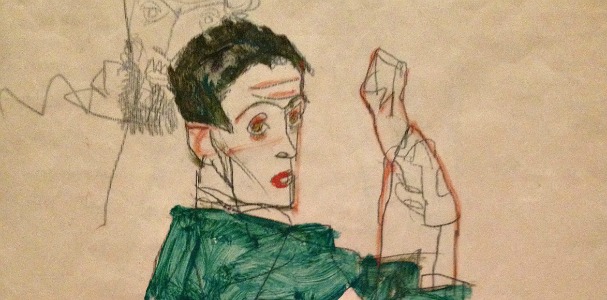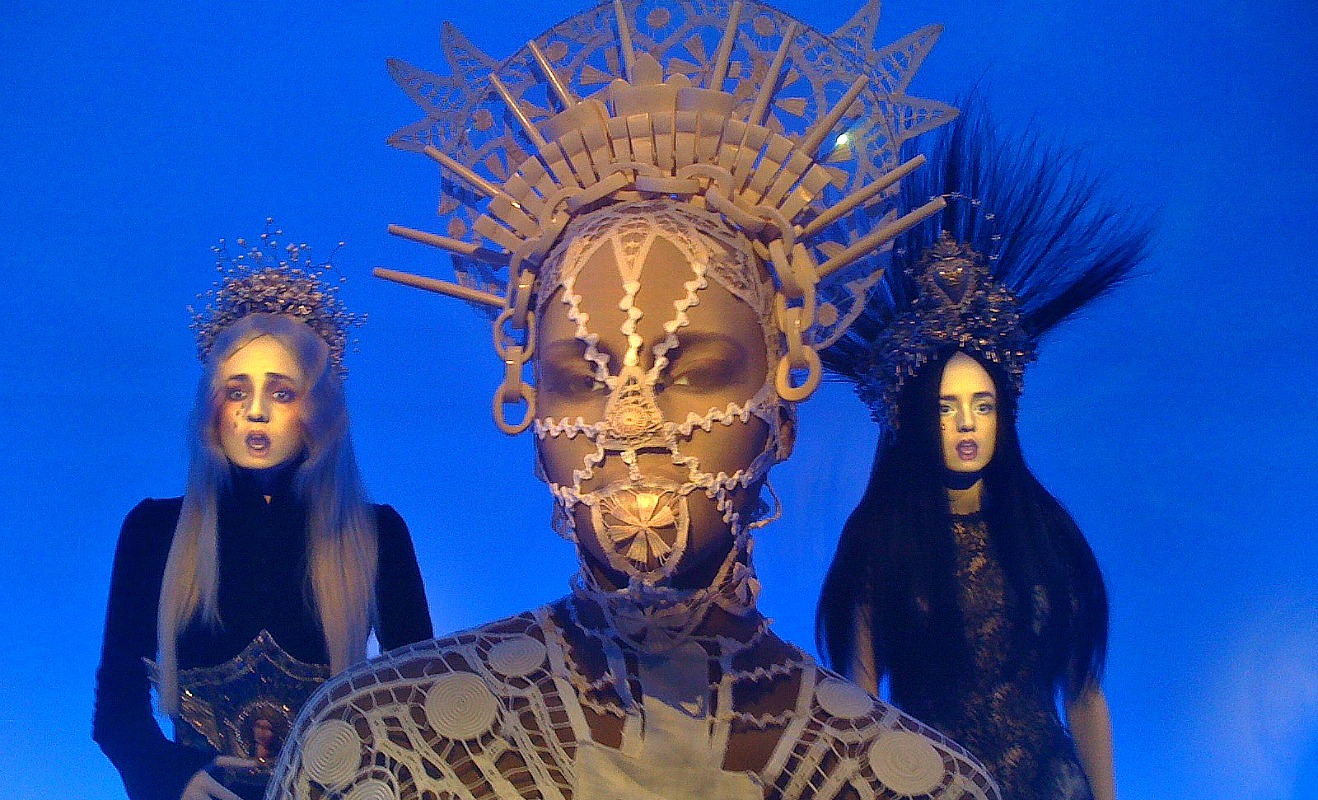Q&A With Departing DMA Curator Olivier Meslay
ArtandSeek.net July 12, 2016 16
Detail of a portrait by Egon Schiele from the Dallas Museum of Art’s ‘Mind’s Eye’ exhibition
Olivier Meslay [Oliv-ee-AY Muh-LAY] is the head curator at the Dallas Museum of Art — but he’s leaving Dallas this August to direct the Clark Art Institute in Massachusetts, with its celebrated collection of French Impressionists and American artists like Winslow Homer. Meslay was a curator at the Louvre in Paris before coming to the DMA in 2009, so KERA’s Jerome Weeks sat down with him to ask about his seven years here, about his biggest success and what it was like for a Paris art official to live in North Texas.
Monsier Meslay, welcome. Bienvenue.
When you came here seven years ago, the very first question asked by the local press was, ‘Why would a Parisian art official join the Dallas art world?’ And at the time, you pointed to the 200-year-old bureaucracy at the Louvre, and how you preferred curating, doing research in the archives. So seven years at the DMA have apparently convinced you to return to management?
Is that what you’re looking forward to at the Clark?
When Bonnie Pitman stepped down from leading the DMA, you became interim director for about a year —
— but late last year when Maxwell Anderson abruptly left, you didn’t. You could have quickly stepped in again as interim director or even replaced him entirely. Were you already considering the Clark Institute?

Three of the eye-popping video-faced mannequins from the Jean-Paul Gaultier exhibition, ‘From the Sidewalk to the Catwalk.’
You did a variety of shows in which you involved local art collectors to a degree they’ve probably never been before — shows like ‘Mind’s Eye,’ the exhibition about works on paper. But you’re probably going to be best remembered for the Jean Paul Gaultier show, ‘From the Sidewalk to the Catwalk,‘ one of the highest-attended shows in the DMA’s history and, somewhat controversially, its very first devoted to the art of high fashion.
A number of years ago, I saw you and your two sons shopping at a Super Target. And it occurred to me, forget the differences in the art worlds and the museum worlds, what have you missed about life in Paris?
The only thing I really miss here is probably the fact that I cannot walk from a place to another place, the fact that it was really a driving place, I mean a car place. But I’ve even been able to replace my cafe by another cafe, and then when I went there this morning, and when they see me in the window, they know I want my blueberry muffin and my espresso in a china cup, and I have that.
Before you came here, you had a fellowship at the Clark, so you’ve lived in America. But what was the biggest surprise about Dallas?









